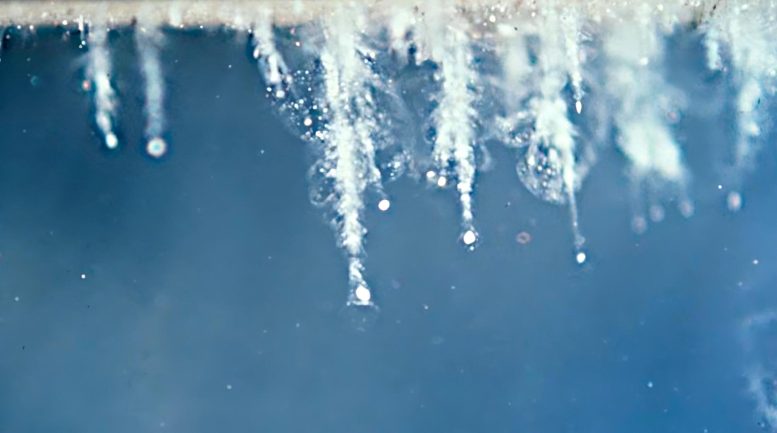
While not part of this study, this photo taken with a microscope shows the impact paths and bodies of small particles of comet debris from U.S. space agency NASA’s Stardust mission in 2004. The aerogel helps decelerate the particles without destroying them in the process. Credit: NASA/JPL
Professor Tomonori Totani from the University of Tokyo posits that cosmic dust, particularly grains measuring about 1 micrometer, could carry signs of extraterrestrial life to Earth. His calculations suggest roughly 100,000 such grains might land on Earth annually, providing a potentially fruitful avenue for the search for life beyond our planet.
In the aftermath of massive cosmic collisions, such as those caused by asteroid impacts, a portion of the impacted planet’s material may be hurled into the cosmos. This expelled matter can traverse enormous distances and persist for incredibly long durations. Hypothetically, this ejected material could hold direct or indirect evidence of life from its planet of origin, such as microbial fossils. This extraterrestrial material, bearing potential signs of life, could be within our detection capabilities either in the near future or perhaps even at present.
The terms vacuum and dust might evoke images of tedious household chores. However, in the field of astronomy, these words take on entirely different meanings. While vacuum denotes the vast emptiness of space, dust refers to scattered solid particles suspended in the void. While this cosmic dust might present a nuisance for some astronomers, obscuring their view of far-off celestial bodies, it can serve as a crucial resource for others. It enables them to gain insights into distant phenomena without ever needing to venture beyond the confines of our home planet.
Professor Tomonori Totani from the University of Tokyo’s Department of Astronomy has an idea for space dust that might sound like science fiction but actually warrants serious consideration.
“I propose we study well-preserved grains ejected from other worlds for potential signs of life,” said Totani. “The search for life outside our solar system typically means a search for signs of communication, which would indicate intelligent life but precludes any pre-technological life. Or the search is for atmospheric signatures that might hint at life, but without direct confirmation, there could always be an explanation that does not require life. However, if there are signs of life in dust grains, not only could we be certain, but we could also find out soon.”
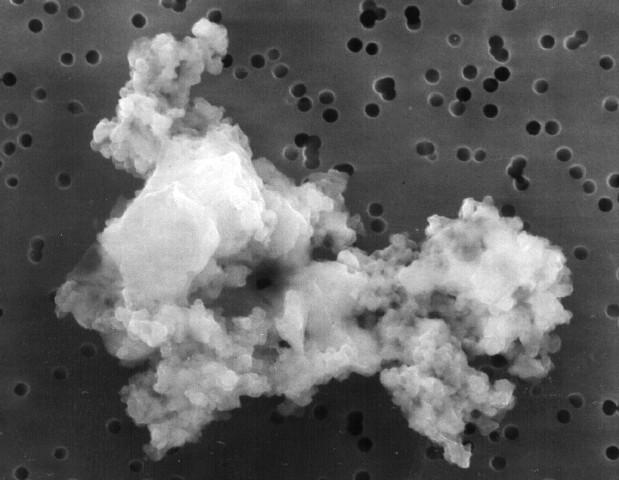
This piece of interplanetary dust is thought to be part of the early solar system and was found in our atmosphere, demonstrating lightweight particles could survive atmospheric entry as they do not generate much heat from friction. Credit: NASA
The basic idea is that large asteroid strikes can eject ground material into space. There is a chance that recently deceased or even fossilized microorganisms could be contained in some rocky material in this ejecta. This material will vary in size greatly, with different-sized pieces behaving differently once in space. Some larger pieces might fall back down or enter permanent orbits around a local planet or star. And some much smaller pieces might be too small to contain any verifiable signs of life. But grains in the region of 1 micrometer (one-thousandth of a millimeter) could not only host a specimen of a single-celled organism, but they could also potentially escape their host solar system altogether, and under the right circumstances, maybe even venture to ours.
“My paper explores this idea using available data on the different aspects of this scenario,” said Totani. “The distances and times involved can be vast, and both reduce the chance any ejecta containing life signs from another world could even reach us. Add to that the number of phenomena in space that can destroy small objects due to heat or radiation, and the chances get even lower. Despite that, I calculate around 100,000 such grains could be landing on Earth every year. Given there are many unknowns involved, this estimate could be too high or too low, but the means to explore it already exist so it seems like a worthwhile pursuit.”
There may be such grains already on Earth, and in plentiful amounts, preserved in places such as the Antarctic ice, or under the seafloor. Space dust in these places could be retrieved relatively easily, but discerning extrasolar material from material originating in our own solar system is still a complex matter. If the search is extended to space itself, however, there are already missions that capture dust in the vacuum using ultralight materials called aerogels.
“I hope that researchers in different fields are interested in this idea and start to examine the feasibility of this new search for extrasolar life in more detail,” said Totani.
Reference: “Solid grains ejected from terrestrial exoplanets as a probe of the abundance of life in the Milky Way” by Tomonori Totani, 22 March 2023, International Journal of Astrobiology.
DOI: 10.1017/S147355042300006X
The study was funded by KAKENHI (grant from MEXT).


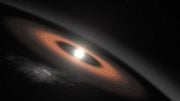

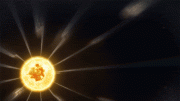
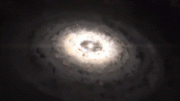
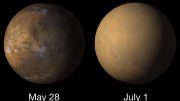
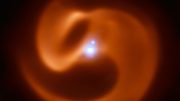
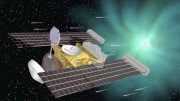
Be the first to comment on "Space Dust – A New Way To Search for Alien Life"